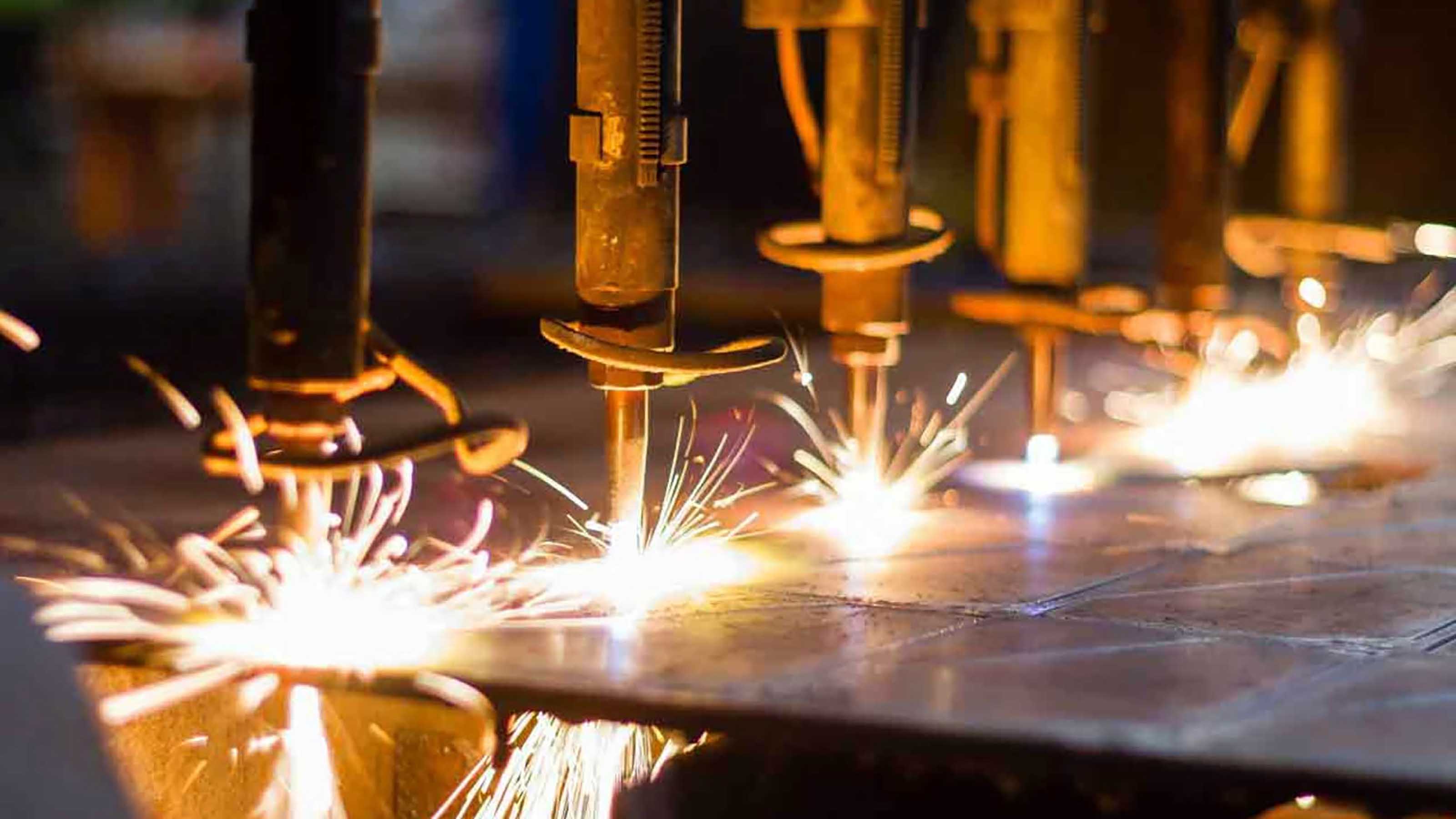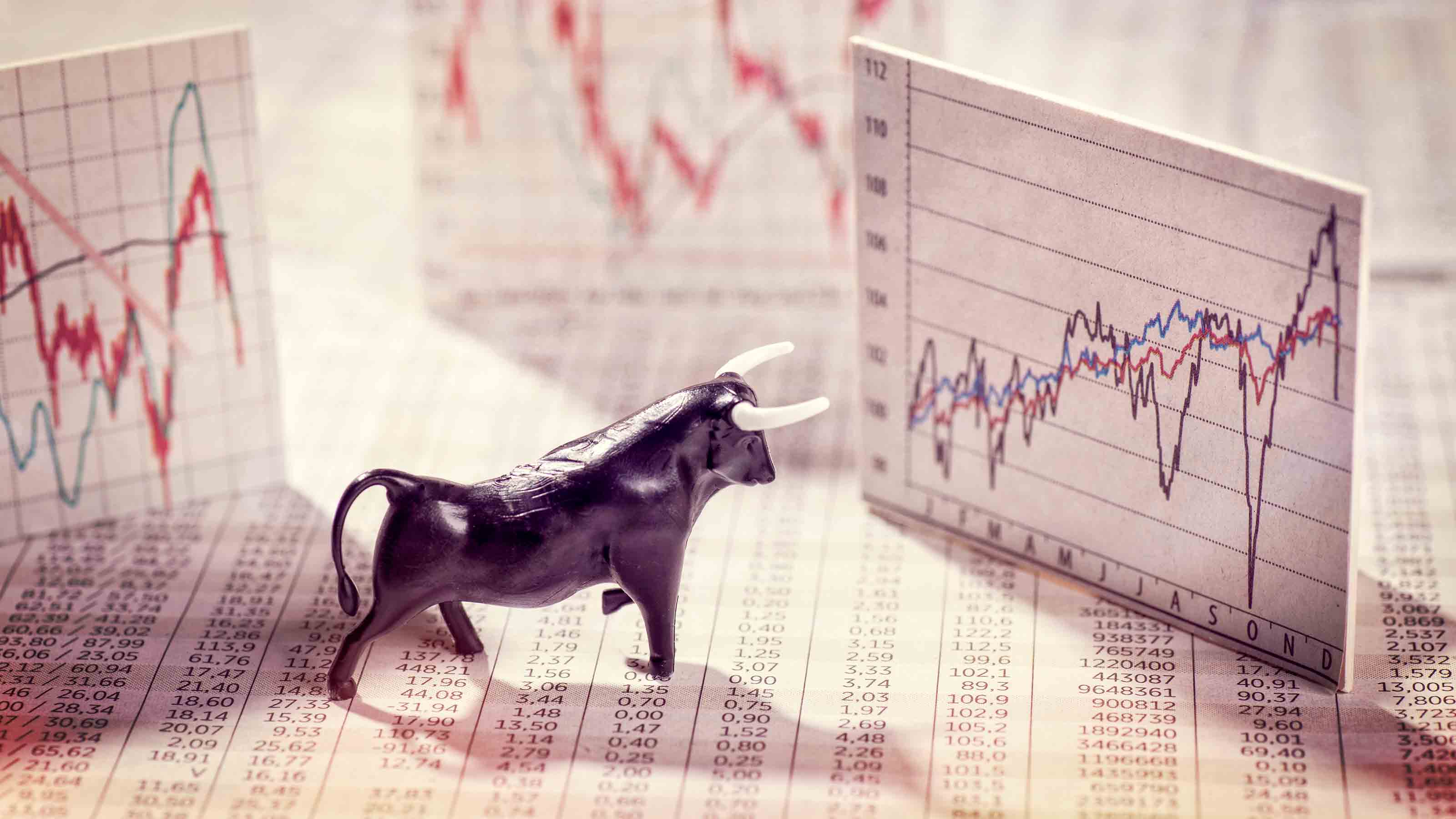Should We Worry About the Slowing U.S. Economy
With the labor market cooling off and financial markets turning jittery, just how healthy is the economy right now?

To help you understand what is going on in the economy and beyond, our highly experienced Kiplinger Letter team will keep you abreast of the latest developments and forecasts (Get a free issue of The Kiplinger Letter or subscribe). You'll get all the latest news first by subscribing, but we publish many (but not all) of our forecasts a few days afterward online. Here’s the latest...
Growth is clearly slowing after the surge caused by the rebound from the pandemic, when consumers were flush with cash and spent it on everything from travel to home remodeling jobs. Recent months have shown a decline in both hiring and in the number of job openings.
Commodity prices and bond yields have retreated, two traditional signs that investors expect economic activity to downshift. But recession seems unlikely at this point. Rather, we expect a return to normal — GDP expanding at about 2%, vs. the 3.1% level that the economy logged over the past four quarters. With the population growing slowly, and productivity not rising much faster, the economy’s potential pace of expansion over the long term is likely around 2%. We appear to be reverting to that trend line now.

Sign up for Kiplinger’s Free E-Newsletters
Profit and prosper with the best of expert advice on investing, taxes, retirement, personal finance and more - straight to your e-mail.
Profit and prosper with the best of expert advice - straight to your e-mail.
Hiring is down. But it’s still strong enough to keep unemployment low and match the increase in the working-age population. August’s 142,000 jobs look underwhelming after a long run of higher monthly gains. But that’s roughly in line with prepandemic hiring trends. The unemployment rate has ticked up since April, but that reflects a rise in the number of people who have begun looking for work. Meanwhile, the average number of hours worked per week has largely held steady. And wages have risen more than we had expected, which bodes well for spending by consumers (but also weighs on employers and keeps inflation a bit higher).
None of this is to say there aren’t problems and areas of weakness. Manufacturing remains in the doldrums, with no turnaround in sight. Economic weakness overseas is bad for sales of American-made products. At home, consumers have cut back on buying goods after splurging on them during COVID-19, when many services like travel and dining were difficult or impossible to spend on.
Home and car sales are down, suffering from the combination of high prices and elevated financing rates. Houses and cars are the biggest purchases most people will make in their financial lives. When those sales suffer, lots of related sectors and workers also lose business. Coming interest rate cuts by the Federal Reserve should ease the cost of financing a home or car slightly, but that is no silver bullet. And of course, high prices still cause widespread pain. The rate of inflation is down, but after several years of swift increases, many consumers are struggling.
If the outlook does worsen, the labor market should send warning signals. Watch the government’s weekly unemployment claims. Lately, they’ve risen, but only slightly, and remain low. If layoffs pick up, then it will be time to worry.
This forecast first appeared in The Kiplinger Letter, which has been running since 1923 and is a collection of concise weekly forecasts on business and economic trends, as well as what to expect from Washington, to help you understand what’s coming up to make the most of your investments and your money. Subscribe to The Kiplinger Letter.
Profit and prosper with the best of Kiplinger's advice on investing, taxes, retirement, personal finance and much more. Delivered daily. Enter your email in the box and click Sign Me Up.

David is both staff economist and reporter for The Kiplinger Letter, overseeing Kiplinger forecasts for the U.S. and world economies. Previously, he was senior principal economist in the Center for Forecasting and Modeling at IHS/GlobalInsight, and an economist in the Chief Economist's Office of the U.S. Department of Commerce. David has co-written weekly reports on economic conditions since 1992, and has forecasted GDP and its components since 1995, beating the Blue Chip Indicators forecasts two-thirds of the time. David is a Certified Business Economist as recognized by the National Association for Business Economics. He has two master's degrees and is ABD in economics from the University of North Carolina at Chapel Hill.
-
 Blue Collar Workers Add AI to Their Toolboxes
Blue Collar Workers Add AI to Their ToolboxesThe Kiplinger Letter AI can’t fix a leak or install lighting, but more and more tradespeople are adopting artificial intelligence for back-office work and other tasks.
-
 America's Surprising Strengths in Manufacturing and Exports
America's Surprising Strengths in Manufacturing and ExportsThe Kiplinger Letter Despite common perceptions that the U.S. doesn't build things anymore, American factories are still hard at work. A special report from The Kiplinger Letter.
-
 Will State Laws Hurt AI’s Future?
Will State Laws Hurt AI’s Future?The Kiplinger Letter Republicans in Congress are considering a moratorium on state AI laws. But it’s likely a growing patchwork of state AI regulations will be here for a while.
-
 The New AI Agents Will Tackle Your To-Do List
The New AI Agents Will Tackle Your To-Do ListThe Kiplinger Letter Autonomous AI agents “see” your computer screen, then complete a task, from buying a concert ticket to organizing email. This opens up a world of possibilities.
-
 AI’s Medical Revolution
AI’s Medical RevolutionThe Kiplinger Letter Medicine is a field ripe for finding both exciting and practical uses for AI. The tech is already being used by doctors and researchers.
-
 The Economic Impact of the US-China Trade War
The Economic Impact of the US-China Trade WarThe Letter The US-China trade war will impact US consumers and business. The decoupling process could be messy.
-
 AI Heads to Washington
AI Heads to WashingtonThe Kiplinger Letter There’s big opportunity for AI tools that analyze MRIs and other medical images. But also big challenges that clinicians and companies will have to overcome.
-
 The AI Doctor Coming to Read Your Test Results
The AI Doctor Coming to Read Your Test ResultsThe Kiplinger Letter There’s big opportunity for AI tools that analyze CAT scans, MRIs and other medical images. But there are also big challenges that human clinicians and tech companies will have to overcome.

